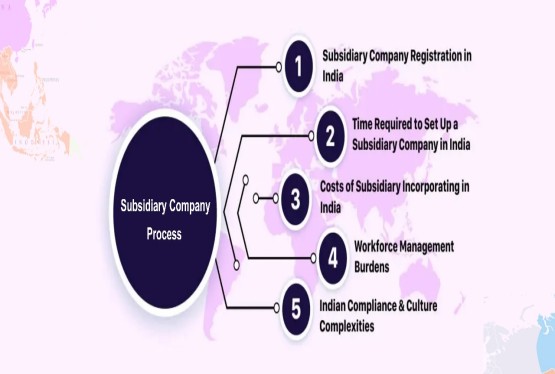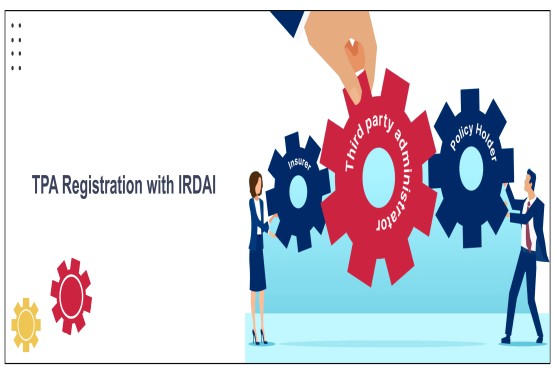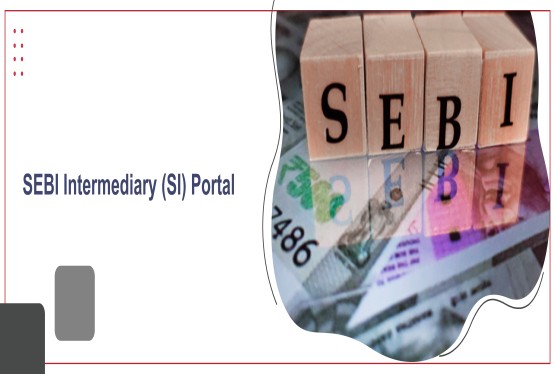In India, the Ministry of Corporate Affairs (MCA) mandates the use of Industrial Activity Codes and Business Codes for registering companies and Limited Liability Partnerships (LLPs). These codes, derived from a shortened version of the National Industrial Classification (NIC), are important for filing SPICe+ Forms for Company Registration and FiLLiP Forms for LLP Registration. The selected Industrial Activity Code becomes part of the Corporate Identification Number (CIN) for companies and helps classify the economic activities of an LLP or company. This article provides a detailed overview of Industrial Activity Codes, Business Codes, their role in SPICe+ and FiLLiP forms, and the importance of these codes in maintaining a structured economic database.
What is the SPICe+ Form?
SPICe+ (Simplified Proforma for Incorporating Company Electronically Plus) is a web-based service introduced by the MCA for streamlined company registration. Effective from February 23, 2020, SPICe+ consolidates multiple services, allowing applicants to complete company incorporation and obtain related registrations through a single application.
SPICe+ Form Structure
-
Used for reserving a company name.
-
Can be submitted independently or along with Part B.
2. SPICe+ Part B
Facilitates:
-
Company incorporation.
-
Issuance of PAN and TAN.
-
DIN allotment.
-
Mandatory Professional Tax registration for Karnataka, West Bengal, and Maharashtra.
-
Bank account opening.
-
Optional GSTIN allotment.
-
Shops and Establishment Registration (Delhi only).
What is the FiLLiP Form?
FiLLiP (Form for Incorporating Limited Liability Partnership) is used for LLP registration. This form includes fields for providing the Industrial Activity Code, which is essential for classifying the business activities of the LLP.
List of Industrial Activity Codes
The Industrial Activity Codes categorize businesses into main divisions and sectors. Below is an overview:
|
Activity Code |
Description |
Category |
|
01 |
Agriculture, Hunting and related Service activities |
Agriculture and Allied Activities |
|
05 |
Fishing, Operation of fish hatcheries |
Agriculture and Allied Activities |
|
10 |
Mining of coal and lignite |
Mining & Quarrying |
|
15 |
Manufacture of food products and beverages |
Manufacturing (Food Stuffs) |
|
22 |
Publishing, printing, and reproduction of recorded media |
Manufacturing (Paper Products) |
|
40 |
Electricity, gas, steam, and hot water supply |
Electricity, Gas & Water Companies |
|
45 |
Construction |
Construction |
|
50 |
Sale, maintenance, and repair of motor vehicles |
Trading |
|
60 |
Land transport |
Transport, Storage, and Communication |
|
72 |
Computer and related activities |
Business Services |
|
80 |
Education |
Community, Personal & Social Services |
|
99 |
Extraterritorial organizations |
Community, Personal & Social Services |
List of Business Codes
Business Codes are detailed classifications of professional and economic activities. Some common codes include:
|
Business Code |
Description |
|
01 |
Medical Profession and Business |
|
02 |
Engineering |
|
03 |
Architecture |
|
04 |
Chartered Accountancy |
|
05 |
Interior Decoration |
|
12 |
Information Technology |
|
13 |
Builders and Developers |
|
17 |
Plying Taxis, Lorries, Trucks, or Buses |
|
20 |
Others |
Importance of Industrial Activity Codes and Business Codes
-
Regulatory Compliance: MCA mandates these codes to classify and organize economic activities systematically.
-
Database Management: Helps maintain a comparable database for industries across India.
-
Simplified Processes: Simplifies the filing and processing of SPICe+ and FiLLiP forms.
-
Economic Analysis: Assists government agencies and researchers in analyzing economic trends and industry performance.
-
CIN Integration: For companies, the Industrial Activity Code becomes part of the Corporate Identification Number (CIN), reflecting their primary business activity.
Conclusion
The Industrial Activity Codes and Business Codes published by the MCA play an important role in the company and LLP registration process. These codes ensure systematic classification, regulatory compliance, and easy database management. Understanding and correctly using these codes is essential for businesses to complete SPICe+ and FiLLiP filings effortlessly. By adhering to these requirements, companies and LLPs contribute to the structured growth and analysis of India’s economy.
If you need any help in Company Registration or LLP Registration, you can book a consultation with our experts at info@ccoffice.in or Call/Whatsapp us at 9988424211.
FAQs
Q1. What is an Industrial Activity Code?
Ans. An Industrial Activity Code is a two-digit code representing the main category of a company’s or LLP’s business activity. It is based on NIC classification and is mandatory for SPICe+ and FiLLiP forms.
Q2. Why is the Business Code important?
Ans. Business Codes classify professional activities, ensuring proper identification and compliance for LLPs and companies during registration.
Q3. Can I change my Industrial Activity Code after registration?
Ans. Yes, but it requires submitting relevant amendments to the MCA through prescribed forms, along with supporting documents.
Q4. Is the same code used for LLPs and Companies?
Ans. Both LLPs and companies use Industrial Activity Codes, but their application may vary depending on the form (SPICe+ for companies and FiLLiP for LLPs).
Q5. How does the Industrial Activity Code affect CIN?
Ans. The first two digits of the Corporate Identification Number (CIN) represent the Industrial Activity Code of the company.
Q6. Can multiple business activities have the same code?
Ans. No, each activity has a unique code to ensure accurate classification.
Q7. Where can I find the list of Industrial Activity and Business Codes?
Ans. The complete list is published by the MCA and can be accessed on their official website or through MCA’s online services portal.












_crop10_thumb.jpg)





_crop10_thumb.jpg)




























-Form_crop10_thumb.jpg)

_crop10_thumb.jpg)























_learn_crop10_thumb.jpeg)































_crop10_thumb.jpg)

_crop10_thumb.jpg)





















_crop10_thumb.jpg)















_for_Foreign_Directors_learn_crop10_thumb.jpeg)




_Act,_2015_learn_crop10_thumb.jpg)



































_learn_crop10_thumb.jpg)


































